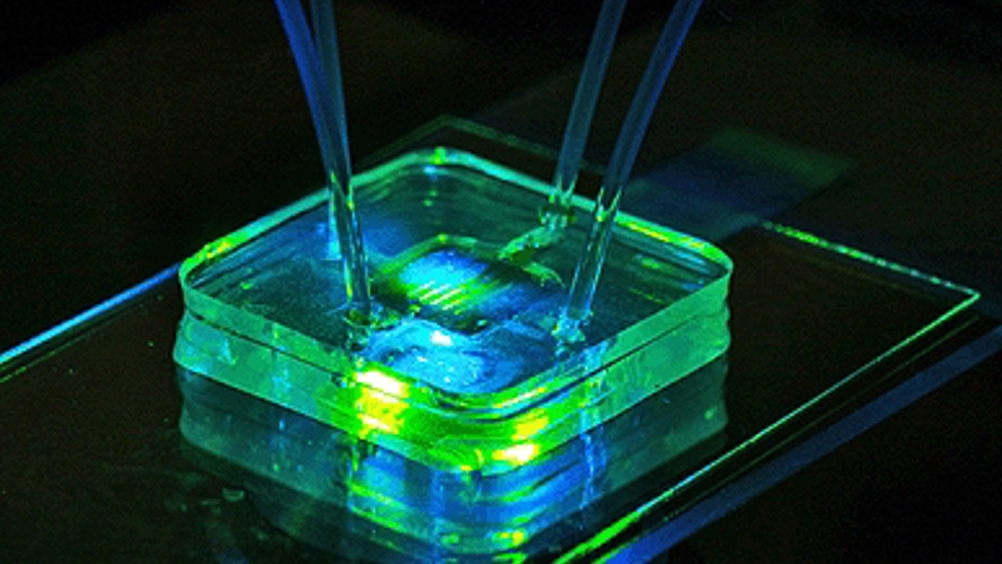Membrane aids miniaturisation of diagnostic devices
A silicon membrane developed at the University of Rochester is set to help in the development of diagnostic devices the size of a credit card.

The ability to shrink laboratory-scale processes to automated chip-sized systems would improve biotechnology and medicine but one of the challenges of so-called lab-on-a-chip technology is the need for miniaturised pumps to move solutions through micro-channels.
Electroosmotic pumps (EOPs), devices in which fluids move through porous media in the presence of an electric field, are suited for this because they can be miniaturised.
EOPs however, require bulky, external power sources, which defeats the concept of portability but the silicon membrane developed at the University of Rochester could now make it possible to shrink the power source.
‘Up until now, electroosmotic pumps have had to operate at a very high voltage—about 10 kilovolts,’ said James McGrath, associate professor of biomedical engineering. ‘Our device works in the range of one-quarter of a volt, which means it can be integrated into devices and powered with small batteries.’
A porous membrane needs to be placed between two electrodes in order to create electroosmotic flow, which occurs when an electric field interacts with ions on a charged surface, causing fluids to move through channels.
Register now to continue reading
Thanks for visiting The Engineer. You’ve now reached your monthly limit of news stories. Register for free to unlock unlimited access to all of our news coverage, as well as premium content including opinion, in-depth features and special reports.
Benefits of registering
-
In-depth insights and coverage of key emerging trends
-
Unrestricted access to special reports throughout the year
-
Daily technology news delivered straight to your inbox










Pipebots Transforming Water Pipe Leak Detection and Repair
Fantastic application.